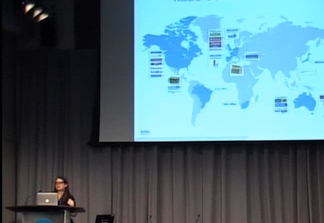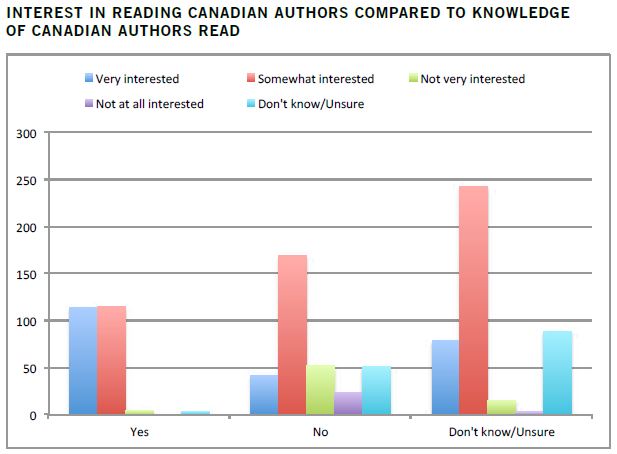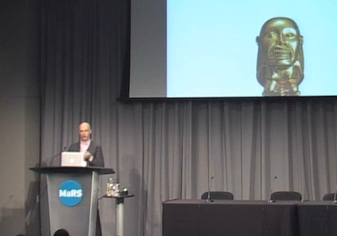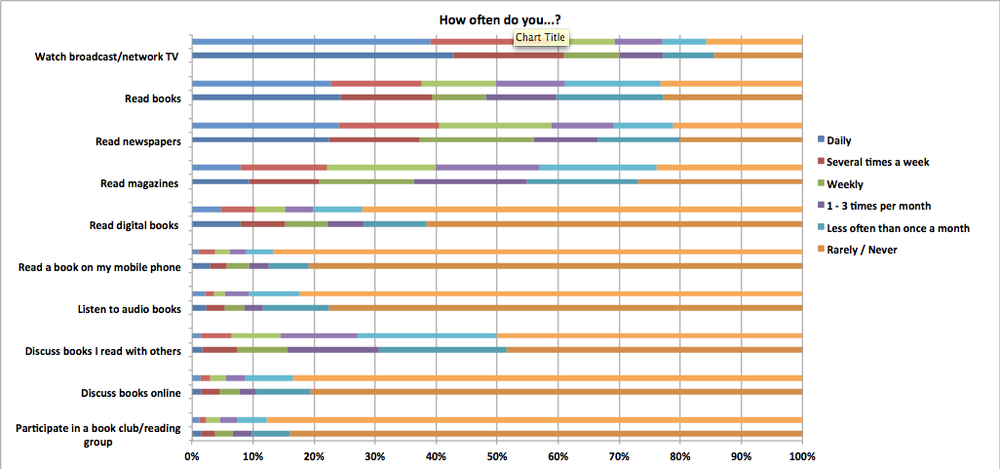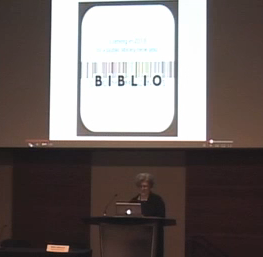 The technology behind library ebook distribution can be challenging for librarians and patrons alike.
The technology behind library ebook distribution can be challenging for librarians and patrons alike.
Beth Jefferson, the co-founder and CEO of library-focused tech startup BiblioCommons, discusses the opportunities and challenges of public library ebook distribution, and suggests ways that libraries can improve user experience, increase discoverability of a wider range of titles, and even—wait for it—sell books to library patrons.





